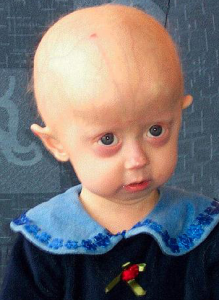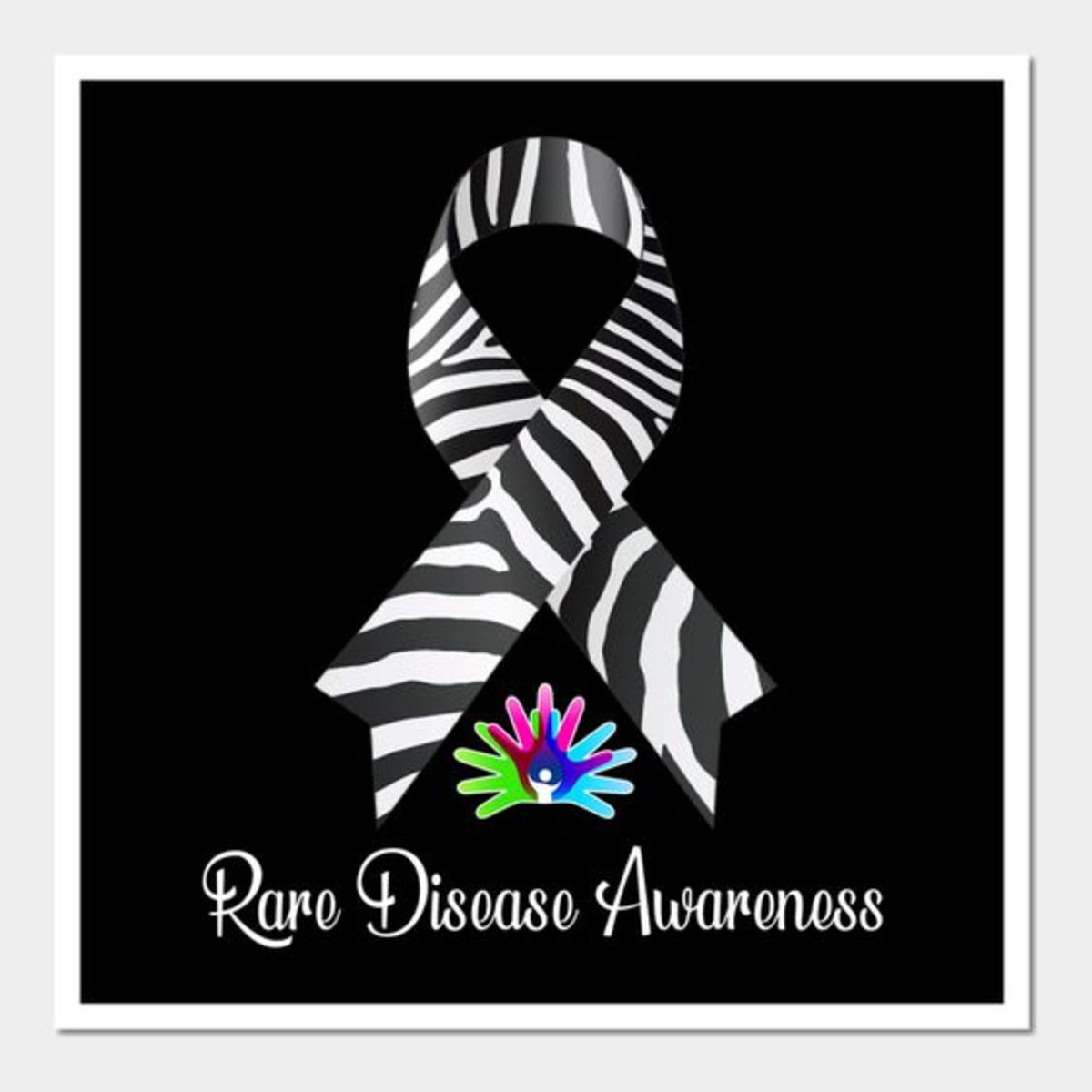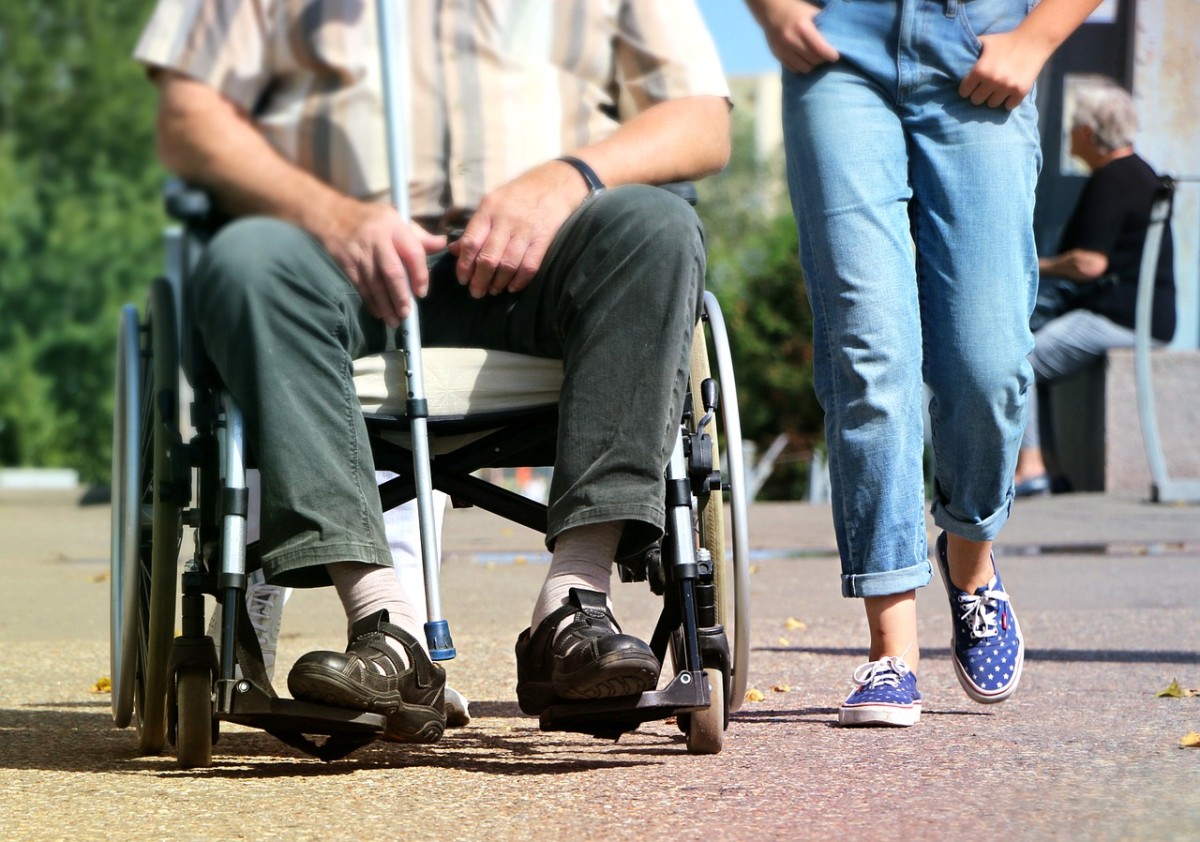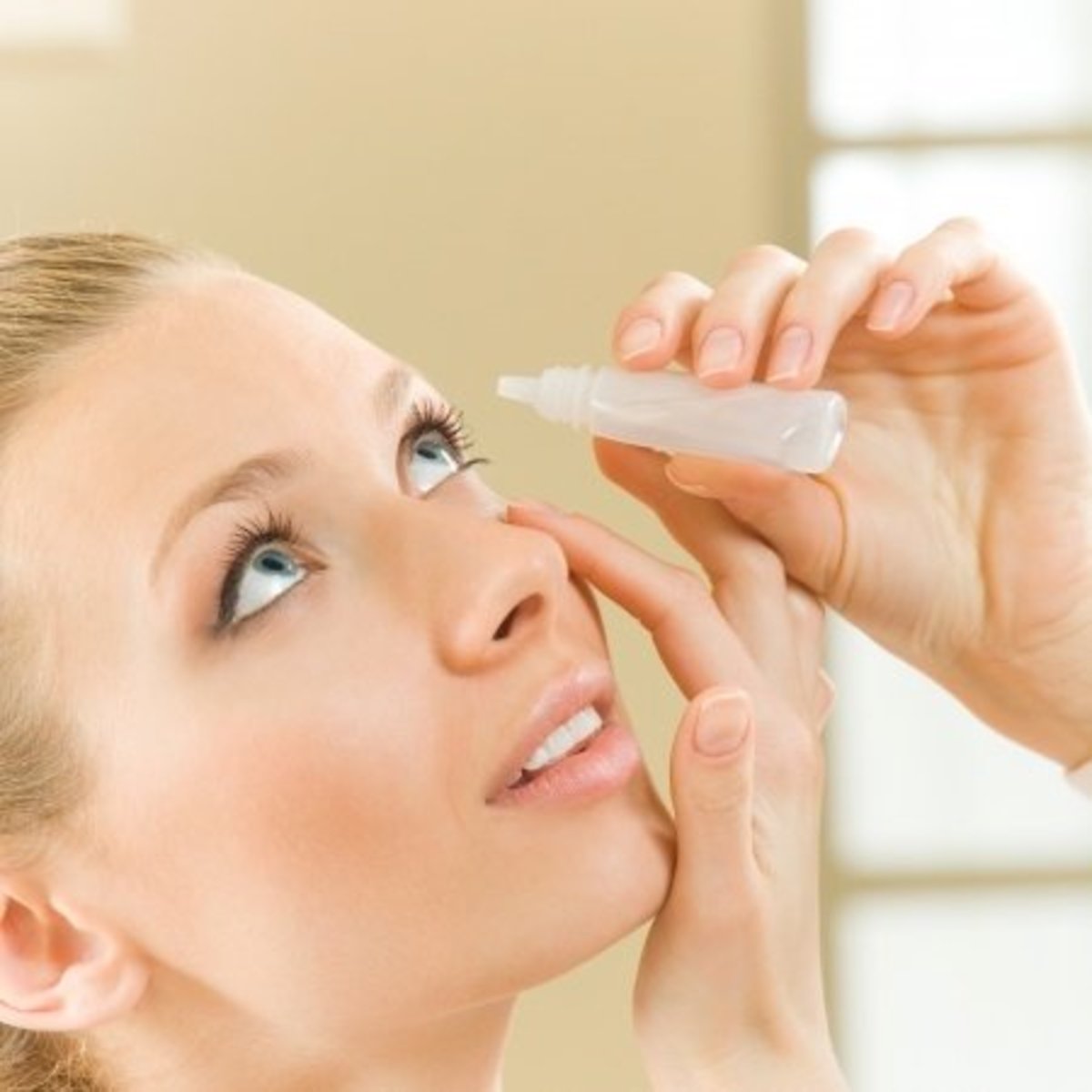5 Rare and Devastating Diseases


There are a variety of rare diseases that exist in the world. Because so few people are affected with some of these afflictions, little may be known about them. This is also why many rare diseases have no cure and limited or no treatment available.
The following are a few of the more devastating rare diseases that have been discovered.
Fibrodysplasia Ossificans Progressiva
Fibrodysplasia Ossificans Progressiva (FOP) is an incurable condition that turns muscle into bone and eventually leaves victims unable to move, as if frozen in their bodies. Ultimately, those with this disease will often die from the internal organs being crushed as a result of the extra bone growth.
Children who are born with FOP have deformed great toes. The lumps on the body that are caused by the bone growth can be mistaken for cancer or fibrosis and leads doctors to perform biopsies or surgeries on the affected areas. However, this only quickens the progression of the disease, as any trauma will lead to more bone growth and immobilization of the affected area.
Familial Fatal Insomnnia
Familial Fatal Insomnia is an extremely rare condition that is almost always caused by a mutation that is inherited from one or both parents. It leads to progressively worsening insomnia that is untreatable and causes hallucinations, severe sweating, and delirium. Eventually, the brain will shut down, and the victim will enter into a coma and die.
The average survival span after the onset of symptoms is 18 months. Only 40 families in the world are known to carry the gene for FFI.
Hutchinson-Gilford Progeria Syndrome
Progeria, which is also known as Hutchinson-Gilford Progeria Syndrome, is a very rare genetic disorder that causes children to age rapidly. Signs of the condition, such as hair loss and slow growth, can begin to appear at the age of 12 months. Children with Progeria have a distinctive appearance, including a small face and jaw, a pinched nose, and a very small stature.
Afflictions that usually affect the elderly will also appear as children age, including atherosclerosis, hip dislocations, loss of eyesight, heart problems, and kidney failure. It is usually the cardiovascular issues that eventually lead to death. The average life expectancy for children with Progeria is 13, though some have been known to live beyond 20.
Though there is currently no known cure for Progeria, there has been some promise for a potential treatment being discovered as research on the disease progresses.
Amyotrophic Lateral Sclerosis
Amyotrophic Lateral Sclerosis, also known as Lou Gehrig's Disease or ALS, is an incurable neuromuscular disease that attacks nerve cells in the brain and spinal cord. As a result, progressive muscle weakness occurs.
The first signs of ALS can include stiffness, twitching, slurred speech, and muscle weakness that usually begins in the hands and feet. As the diseases progresses, the ability to speak, swallow, and breath will also become affected, and paralysis will eventually ensue. It is usually respiratory failure or pneumonia that ultimately leads to death.
Most who develop ALS are between the ages of 40 and 70. The average survival span after the onset of symptoms is three to five years. While there is currently no known cure, a new drug known as Rilutek has been created that can help slow down the progression of the disease.
Tay-Sachs Disease
Tay-Sach's Disease occurs when the body lacks a specific protein that aids in breaking down a a chemical found in nerve tissue known as gangliosides. It is caused by a genetic mutation on chromosome 15. The disease most often occurs in infancy, and symptoms usually begin to appear at 3 to 10 months.
Those with the disease will experience symptoms that include irritability, slow growth, muscle weakness, seizures, blindness, dementia, and paralysis. The deterioration of physical and mental abilities will progress rapidly and usually death with occur before the age of four.
Tay-Sach's Disease most often occurs among Ashkenazi Jews. In order for a child to develop the disease, both parents must pass on the defective gene. If the child receives the gene from only one parent, he or she becomes a carrier, which means that the child doesn't develop the disease but can pass it along to his or her children.
Currently, there is no known cure for Tay-Sach's.








